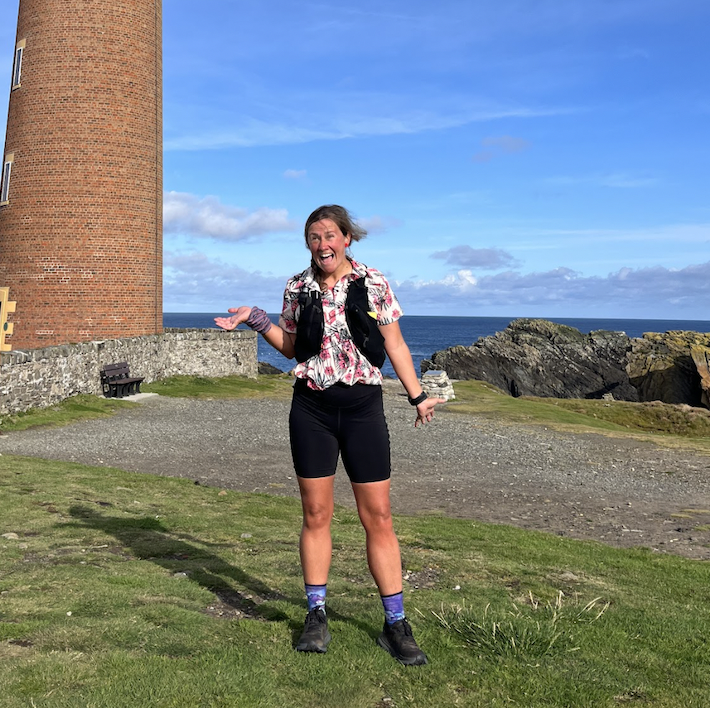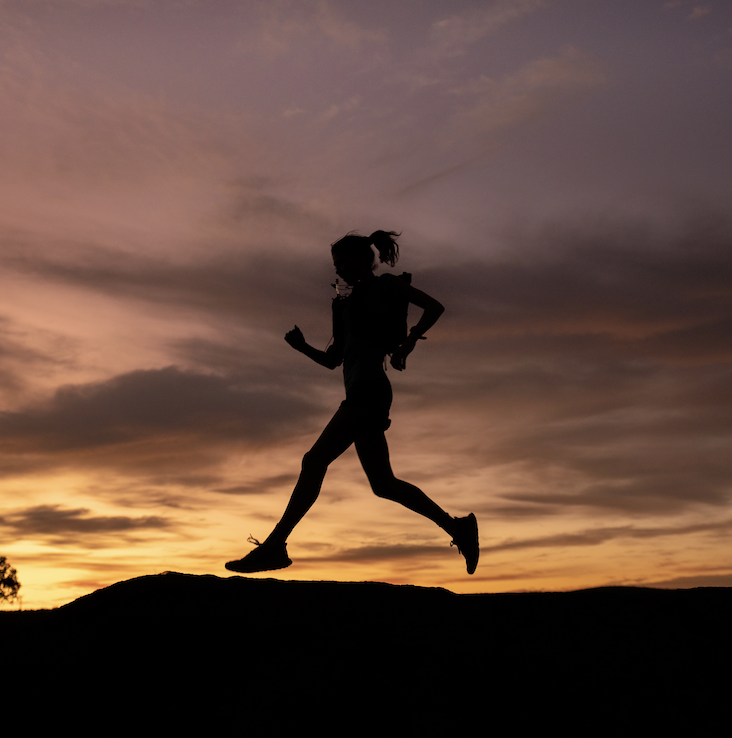SOLO HIKING TIPS FOR BEGINNERS
The thought of heading out into the wilds solo can be an uncomfortable though for many but for those who want to test their resilience, enjoy the silence and really connect with nature solo hiking can really make you feel alive.
If solo hiking is something you’ve been wanting to try, here are 7 easy steps you might consider taking before you head off solo:
1. Skill up to stay safe. Two big worries of solo hikers are getting hurt and getting lost. You can mitigate both of these risks by completing both a First Aid and navigation skills course.
2. Spend time with those in the know. As keen as you might be to get outdoors solo we’d never recommend your first hike be a solo hike. Find yourself some experienced hiking friends or join a walking club. Ask lots of questions from those more experienced and test out your gear on group hikes first
3. Start out small. Build your confidence on easy hikes or hikes that you’ve done before in a group. For new hikes, check out the official grading system and start at or near the beginning and work your way higher. Start with marked tracks with easy surfaces and move towards rougher, steeper, unmarked trails.

4. Know your gear – before you leave home. In the outdoors but especially when you’re alone, time is precious and can be the line between safety and danger or just a real good time and suffering – so being comfortable and efficient in tasks such as using your camp stove and setting up your tent is important. We’ve all been caught out when a self igniting stove has failed to light or a strap on a pack has broken. If you don’t use your gear regularly be sure to take it out and give it a test run before you leave home. In the wilds, by yourself is not where you want any unexpected gear failures. We recommending creating yourself a packing checklist to ensure you don’t forget something crucial.
5. Have a safety net. At least for your first couple of solo hikes having the comfort of knowing you can bail or call for help is a game changer (and confidence builder). Start on trails that you know have mobile phone reception. Better still invest in a satellite messenger. If you plan on making solo hikes a regular thing this handy device will be worth the investment. Allowing you to send sms messages via satellite rather than phone reception opens up a lot more opportunity for you to get off the beaten track.

6. Always tell someone your plans. The saying, “better safe than sorry” is so applicable to the outdoors – just ask any search and rescue volunteer. Always tell a couple of your close loved ones your plans: when and where you expect to be, where you are leaving your car, when you expect to return etc. Register your intentions at the relevant national park offices as well as log into any backcountry huts. All these are little pieces of the puzzle that will be invaluable should something go a miss and you need to be located.
An extra tip: in the age of social media and Instagram Stories, social updates are the norm but for safety reasons, never share exactly when and where you are in real time. By all means record your journey but consider sharing once you are safely back home!
7. Know your limits. Set yourself up for success by choosing solo hikes that are within your physical limits. But also consider your mental strength. Before committing yourself to a 10 day solo epic, do some test runs starting with a long day hike or an easy overnight hike and build up from there. After all the whole point is to “enjoy” the great outdoors. If you
Get inspired for your first solo overnight hike with this stunning film featuring Gutsy Girls alumni Kalen Thorien. Enjoy!









